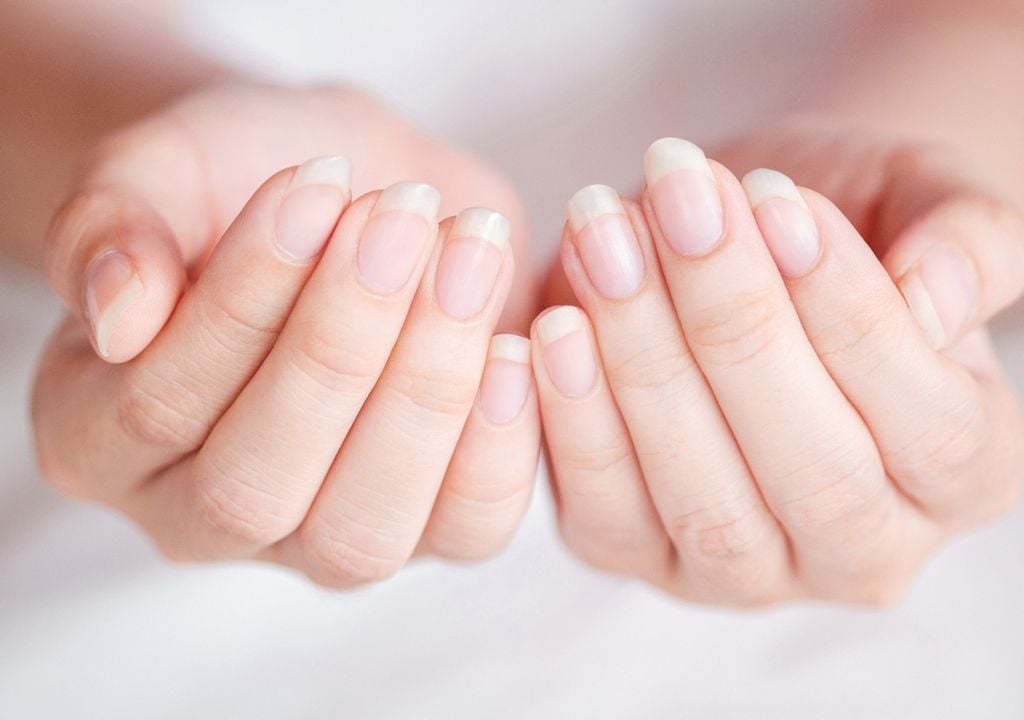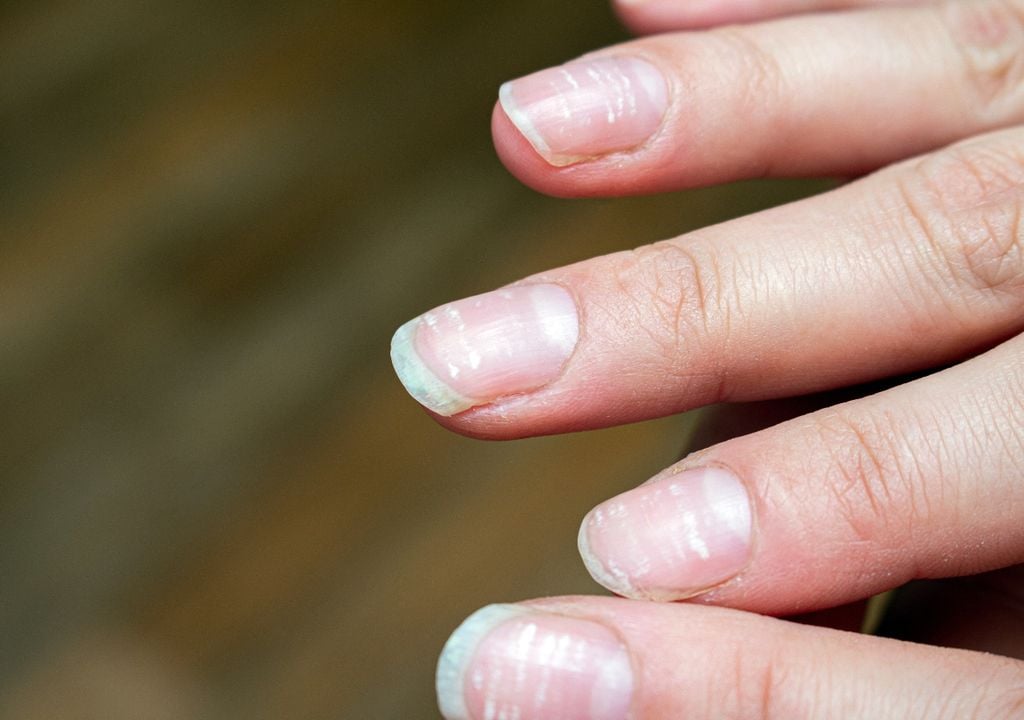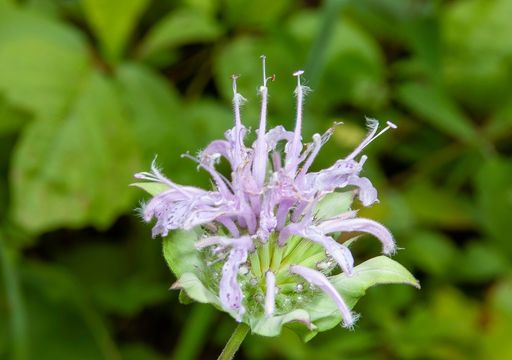Your Nails Could Reveal How Long You'll Live: Nail Growth Rate Linked to Life Expectancy
Is the time we have left in our hands? A little-known fact links nail growth to the passage of time on the body.

Have you ever noticed how fast your nails grow? It might not be the first thing that comes to mind when thinking about your health, but according to some scientific research — and the opinion of a renowned Harvard geneticist — the speed of nail growth might be an unexpected clue about how we age… and even how long we might live.
It was back in 1979 when a pioneering, little-known study outside academic circles first proposed the hypothesis: nail growth rate decreases with age, and this pattern may reflect biological aging.
The research, conducted by the Orentreich Foundation for the Advancement of Science, measured how nail growth speed varied among adults of different ages and found a key fact: after the age of 30, nails begin to grow more slowly, by about 0.5% less per year.

This seemingly minor finding gained new relevance decades later when David Sinclair, professor of genetics at Harvard Medical School and one of the most influential voices in aging research, brought it up again in his reflections on longevity biomarkers.
“People often ask me if there are visible signs of biological aging. One of the simplest, though rarely discussed, is nail growth rate,” Sinclair said in a recent interview. “If your nails grow quickly, it could be a good sign.”
A Silent Marker
Nails don’t age overnight. But, like hair or skin, they respond to the body's internal functioning. Their growth is influenced by metabolism, circulation, nutrition, and cell regeneration — all processes that tend to slow down with age.
That’s why some researchers have suggested that nails could serve as a kind of “silent thermometer” for how our biological clock is ticking. It’s not a formal diagnostic tool, but it could complement more complex measurements used to determine a person’s true biological age — which doesn’t always match their chronological age.

Although there are no large-scale studies yet supporting the use of nail growth as a standardized biomarker, the idea aligns with other recent findings about aging. For example, current research indicates that body tissues show very different signs depending on each person’s lifestyle, even among people of the same age.
In other words, a 60-year-old with good nutrition, regular exercise, and low stress may have a much younger biological age than a 45-year-old with poor habits. And their nails might be showing it — even if no one is paying attention.
Beyond a Fun Fact
Of course, many factors can affect how fast nails grow: from nutritional deficiencies to chronic illnesses or hormonal imbalances. Even genetics or medication use can play a role. So, no serious scientist would recommend looking at your nails as if they were crystal balls.
Still, it’s fascinating that something so routine — trimming your nails — could be linked, even indirectly, to complex processes like aging and longevity. And maybe it’s worth paying more attention to those small bodily details we usually overlook.
In the end, nails may not have all the answers, but they might be whispering a few clues about the future.








